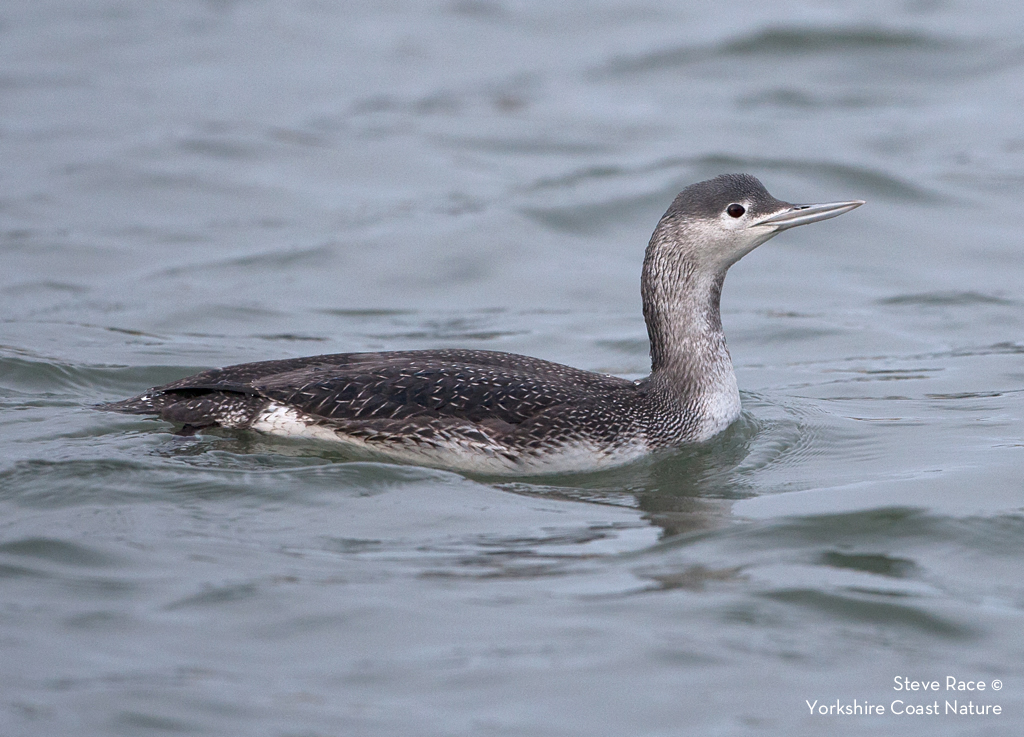Response to London Array expansion decision
The RSPB last week responded positively to the announcement that plans to expand the London Array offshore windfarm have been halted. Harry Huyton, RSPB Head of Energy Policy, said:
"Climate change is the biggest long-term threat to wildlife and we need an urgent transition from fossil fuels to low-carbon renewable energy. Wind power technology is a vital part of our renewable energy mix in the UK.
We believe that renewable energy — like every other industry — must be developed in harmony with the natural environment. Critical to this is avoiding damaging developments in sites that are particularly special for nature. The area around the Thames Estuary is one such site. It is internationally important for wildlife, and supports 38% of the UK wintering population of Red-throated Divers, so it is vital that any development in this area is planned sensitively."

Displacement and disturbance to wintering Red-throated Divers in the Thames Estuary is the primary reason for London Array expansion plans being shelved (Photo: Steve Race)
"We support the first phase of the London Array which opened last year having worked closely with the developers to ensure the development would not harm wildlife in the protected area nearby. However we have raised concerns over the second phase of the London Array because of the displacement impact on the Red-throated Diver.
This scheme is one of six which have come forward within this internationally important site and we are pleased that it is possible to build five of those schemes. We need to increase the number of renewable energy projects going ahead in order to meet our climate obligations, but we must ensure these are built in the right places. We are calling on the industry and Government to do more to ensure this happens, starting with greater investment in understanding which parts of the sea are most ecologically appropriate for offshore wind and how birds and other wildlife are affected by these schemes."
More details on the London Array can be found at www.londonarray.com, and the story is also covered in this Guardian article.

